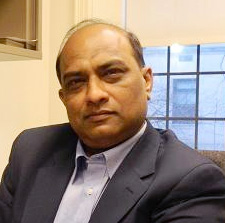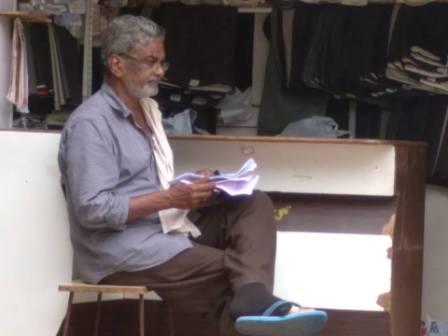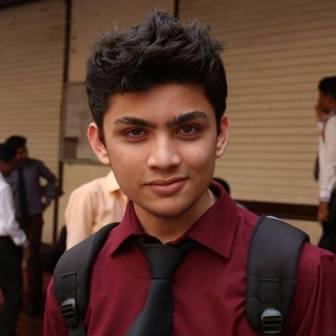Prof Vivek Kumar
 In 2019, Sudha Pai wrote, “The decade has witnessed weakening of identity politics and simultaneously revival of the BJP”1. Even a lay person can tell you how wrong she is if he/she could go through the debates of the mainstream and YouTube media of the past few days. The media houses are having captions and debates that Jitin Prasada, who has crossed over to BJP from Congress, is a Brahmin face. They are not tired of flaunting his identity as a Brahmin, which anybody hardly knew before this episode, except for the local population. This is so, because his surname does not reveal his caste identity at all.
In 2019, Sudha Pai wrote, “The decade has witnessed weakening of identity politics and simultaneously revival of the BJP”1. Even a lay person can tell you how wrong she is if he/she could go through the debates of the mainstream and YouTube media of the past few days. The media houses are having captions and debates that Jitin Prasada, who has crossed over to BJP from Congress, is a Brahmin face. They are not tired of flaunting his identity as a Brahmin, which anybody hardly knew before this episode, except for the local population. This is so, because his surname does not reveal his caste identity at all.
Further, they are also discussing whether because of his induction in BJP the feud between Brahmins and Thakurs will end or not. Third, they are also betting that, will he be able to attract Brahmins in UP from Ghaziabad to Ghazipur towards BJP in the next Assembly elections to be held in 2022. Last but not the least, they are also debating whether he can pacify Brahmins who are really angry with BJP because they have got a very raw deal in their regime since 2017.
No doubt, Brahmins constitute approximately 10 to 11 percent of Uttar Pradesh population. And it is not easy for any political party to ignore them. That is why BJP has also started cajoling and co-opting Brahmin leaders from other political parties. Therefore, in this context, a pertinent question which arises is that -Is this not identity politics? Is it not the use of caste in Indian politics, which media keeps on vehemently denouncing when it comes to political parties led and dominated by Dalits and OBCs? Is it return of the identity politics or does identity politics when practiced by the political parties led and dominated by so-called ‘upper-castes’ not capture the imagination of the mainstream social scientists, media houses and other public intellectuals alike.
I am really perturbed by the blatant use of Caste/Varna identities of Jitin Prasada and Yogi Adityanath by the media houses and also by the media persons and public intellectuals in the TV and YouTube debates. However, they are very cleverly not revealing whether this is use of caste in Indian politics or not. Second, they are also silent whether, BJP uses caste identities for electoral mobilization or not. In this case even Sudha Pai is no exception. However, in the contemporary Uttar Pradesh politics we can easily observe that BJP has certainly evolved a new caste equation in this competitive electoral politics, which includes Kshatriyas (Thakurs), Vaishyas, OBC (Lodhs, Kurmi in western UP), MBCs, (Maurya, Kushwaha, Kevats, Nonia etc.), Kayasthas, Jats, and Bhumihars (especially in eastern UP), and the factions among Dalits (like Dhobis, Pasis, Valmikis, Koris). However, when it came to power sharing BJP’s present leadership has maneuvered concentration of power in the hands of one caste. But we have not found any discussion in the media houses on how BJP has mobilized these castes. Or whether such type of mobilization amounts to violation of ‘Peoples Representation Act’ or not?
However, it has been observed that as soon as BSP, SP, Or RJD etc. start mobilizing deprived and discriminated castes, in the name of social justice, the same media personalities start spreading propaganda that- ‘Oh !, the aforesaid parties are spreading the venom of caste-ism in the society, otherwise caste was dead’. These very intellectuals reduce these parties to identity politics as if these parties do not have any agenda for development and governance. Although a number of social scientists have argued that the parties which mobilize the discriminated castes have strengthened the Indian democracy by making it more self-representative and participatory. That is why it is a great challenge for Indian democracy to make the Indian media –considered the fourth pillar of democracy- more accountable and objective.
~
Notes
1. https://journals.sagepub.com/doi/full/10.1177/2394481119852190
~~~
Prof Vivek Kumar is Prof of Sociology at CSSS, JNU; views are personal.










